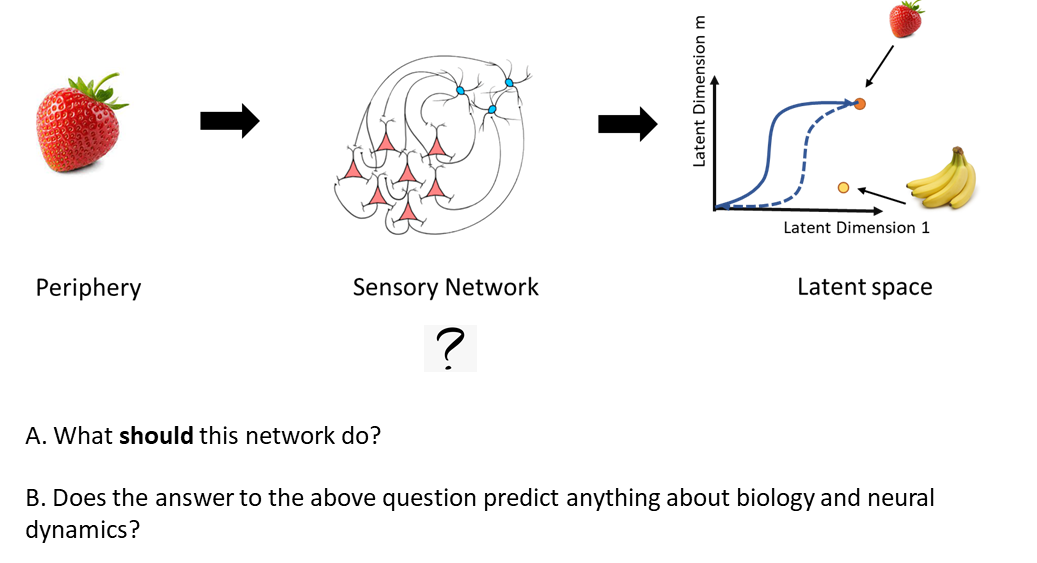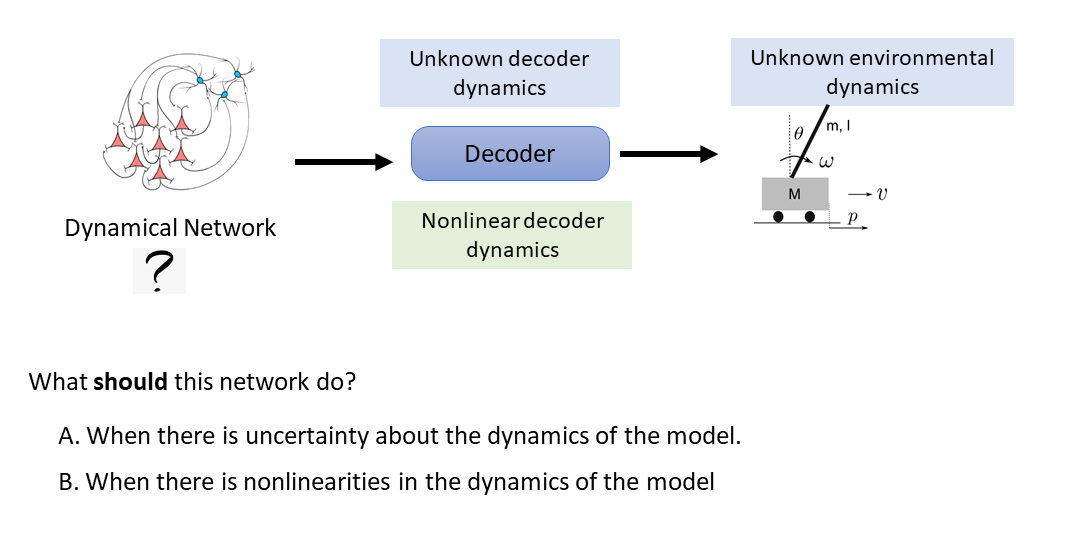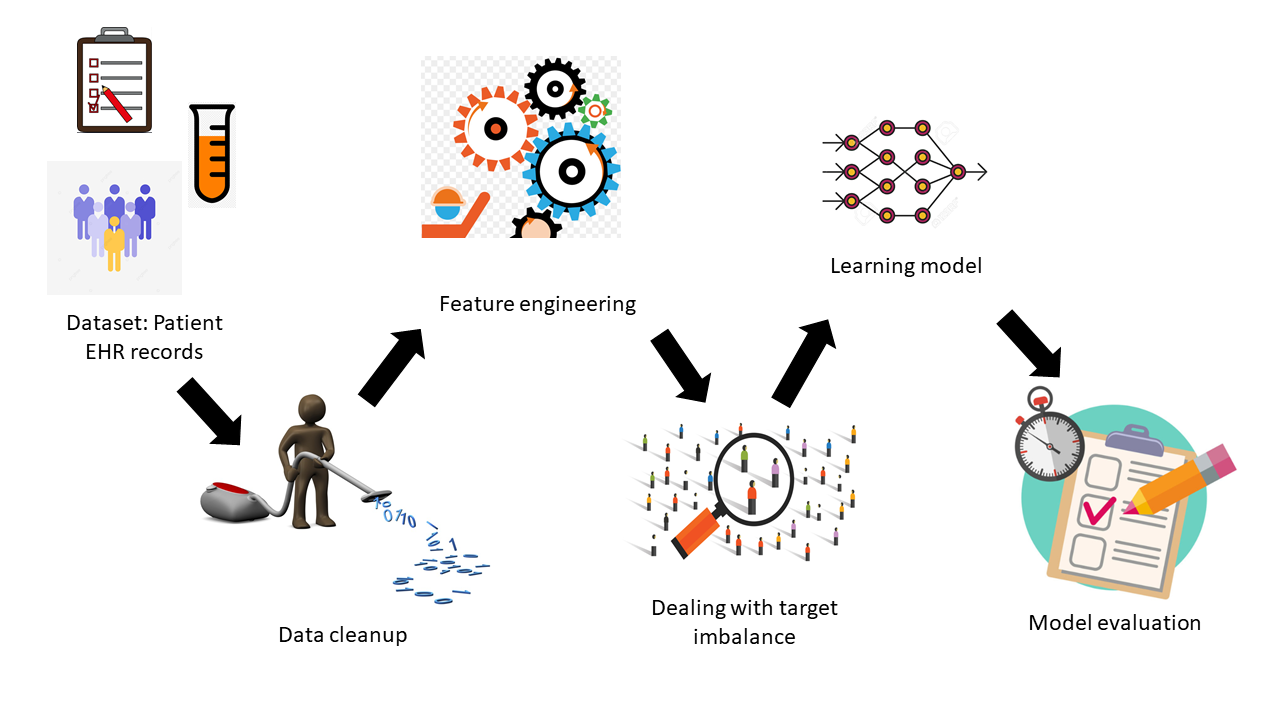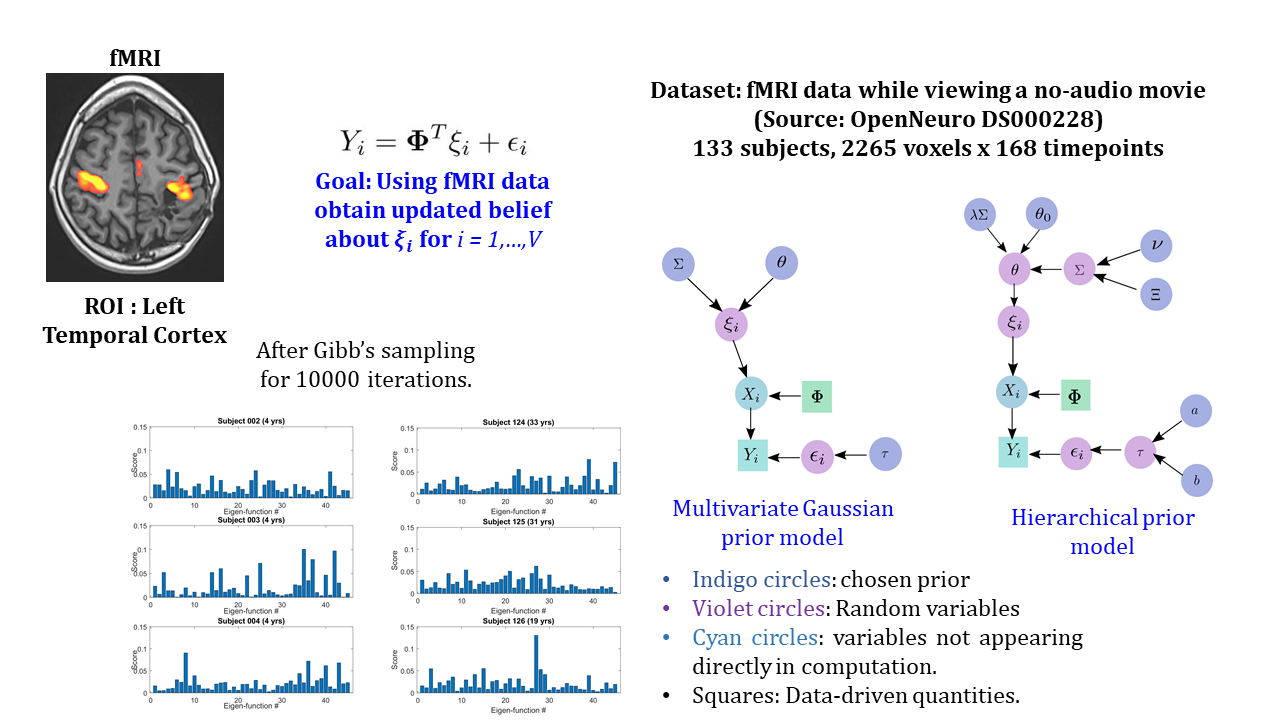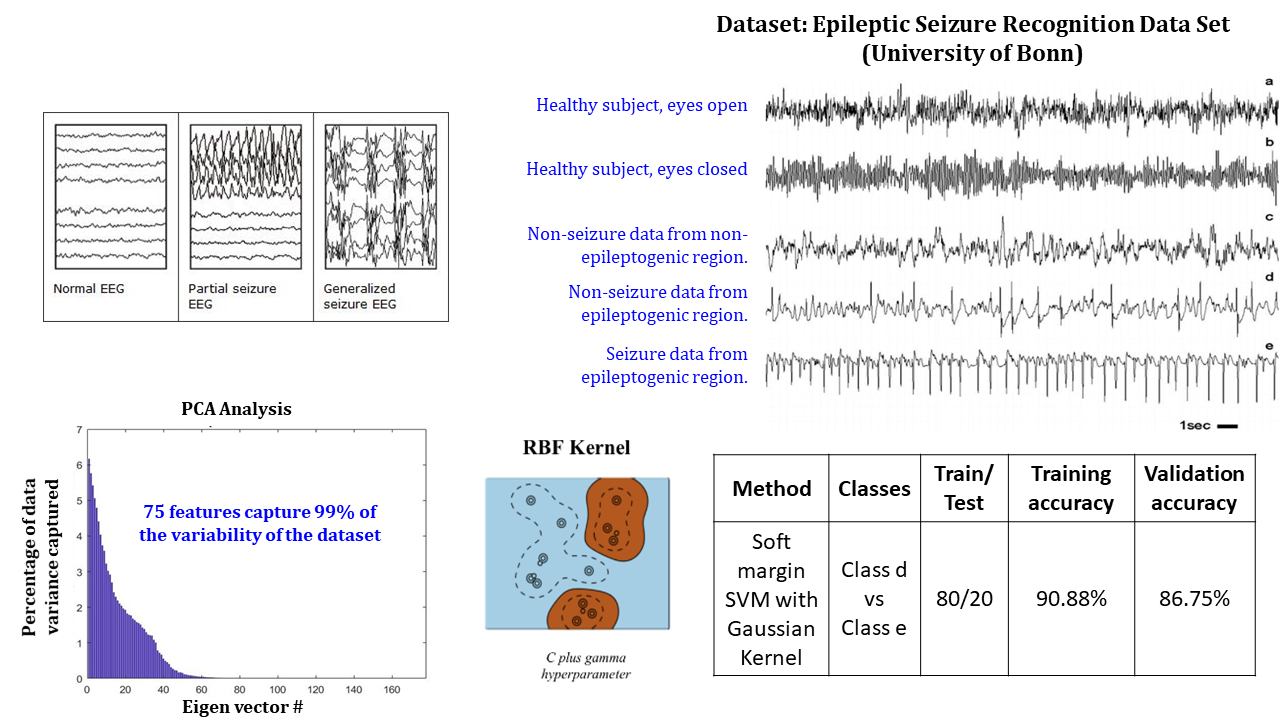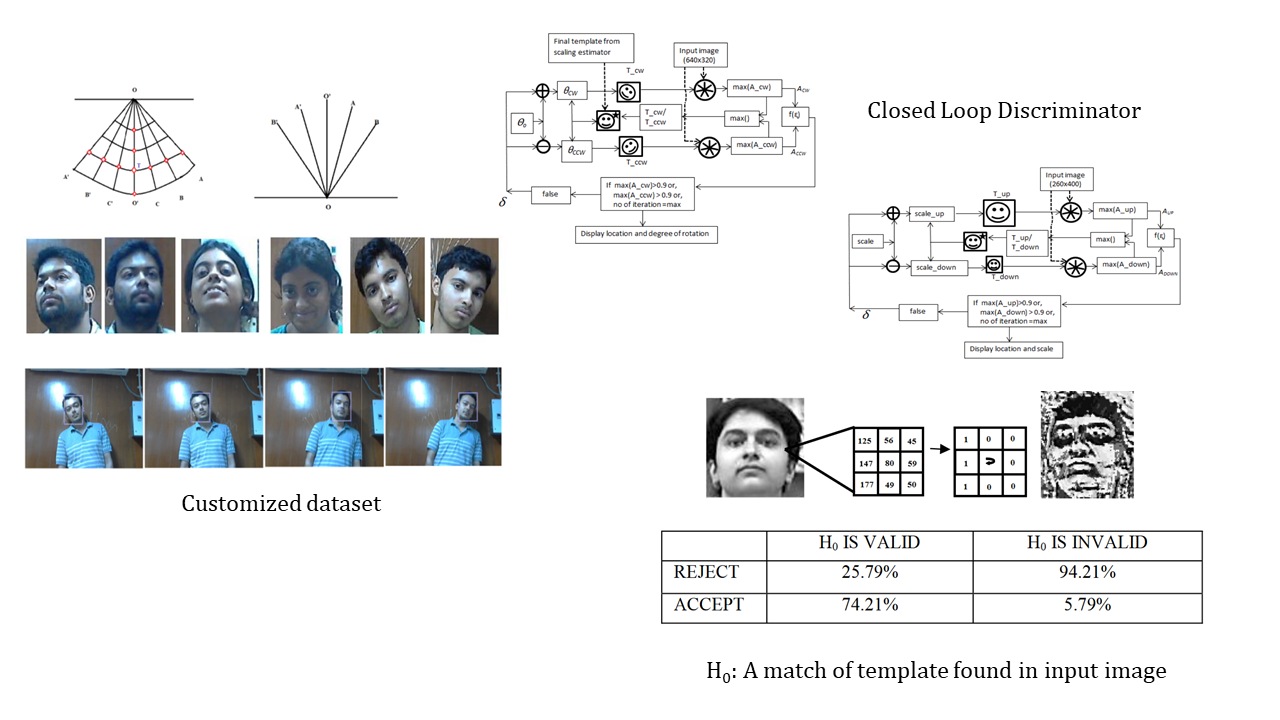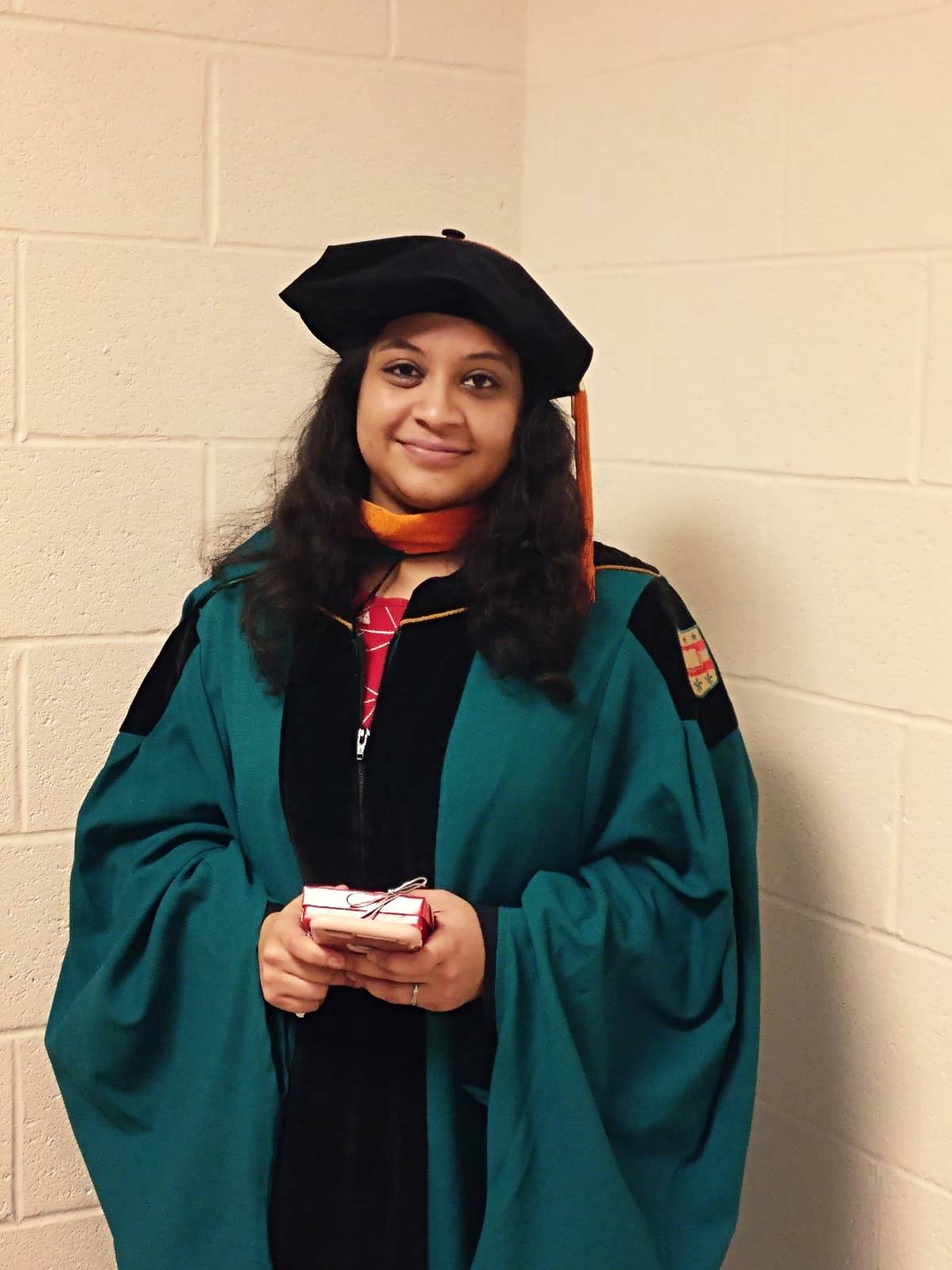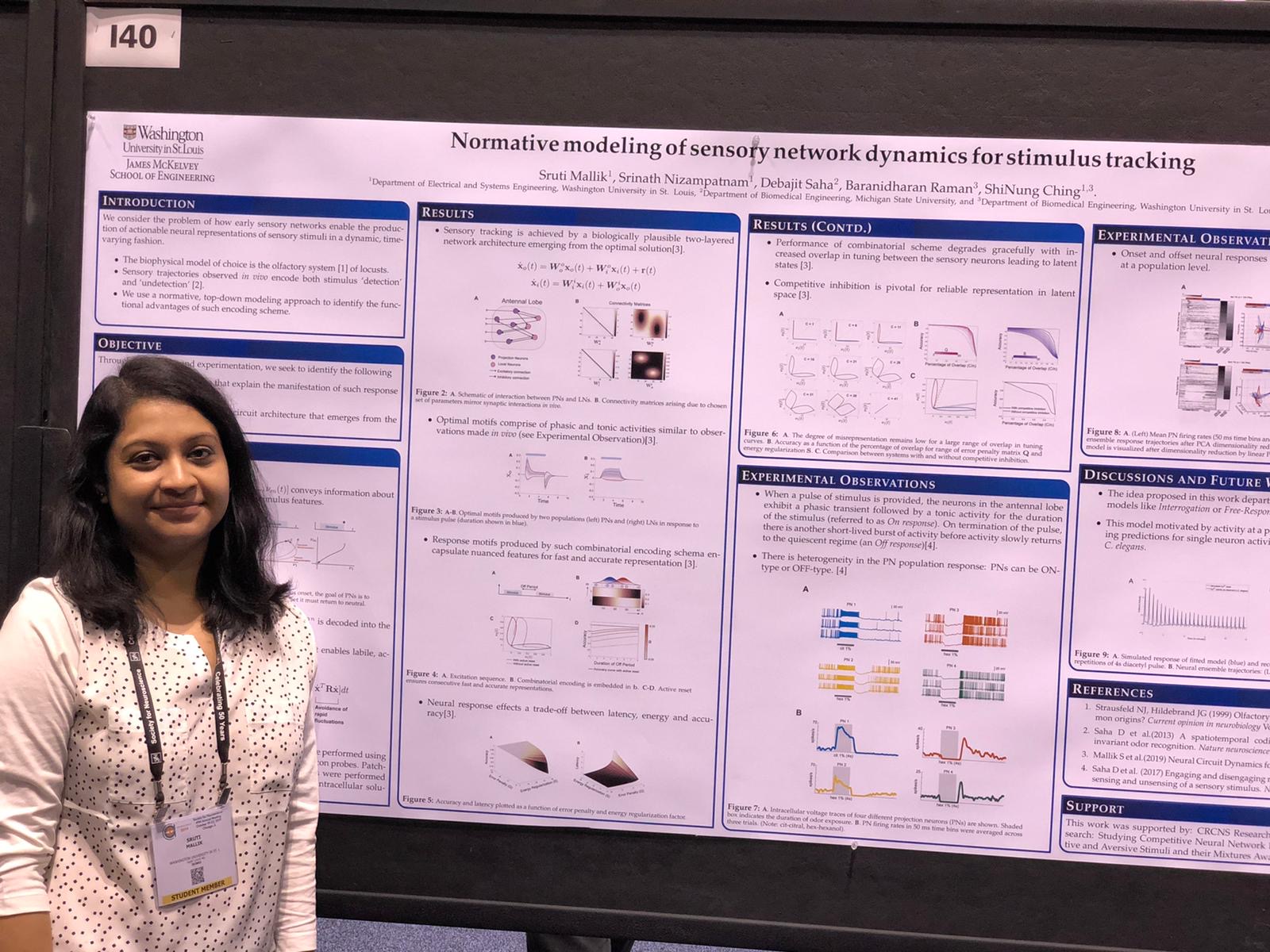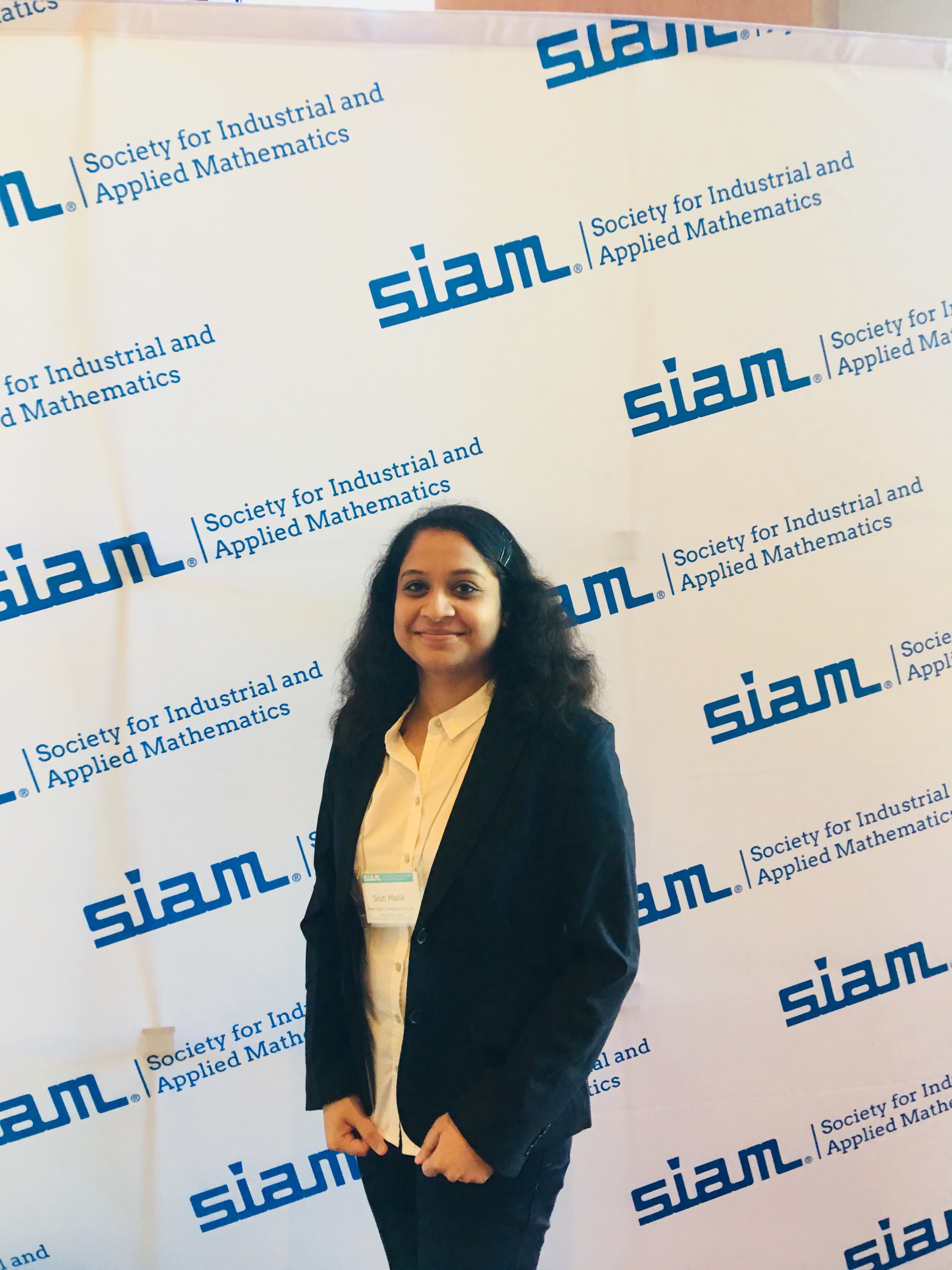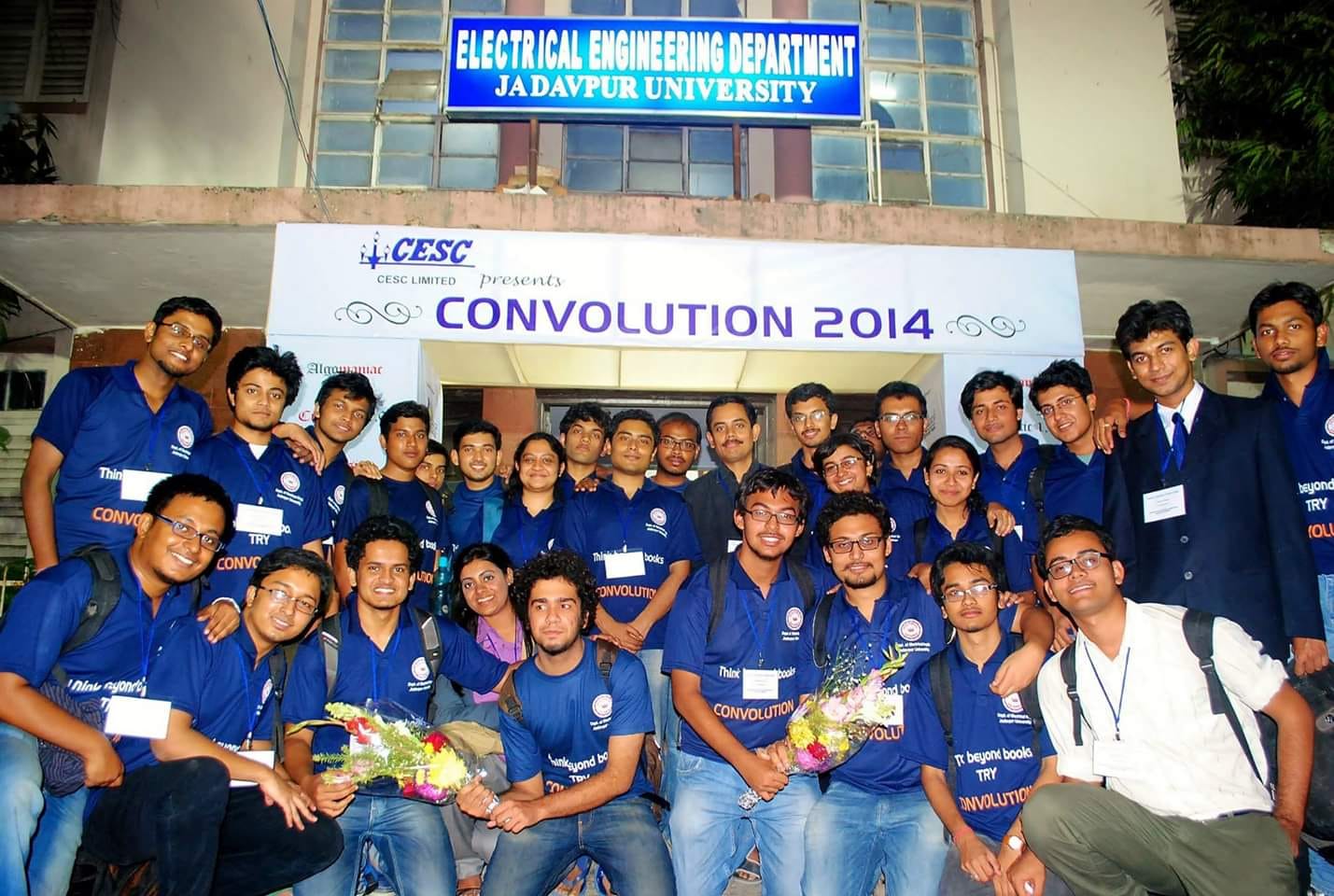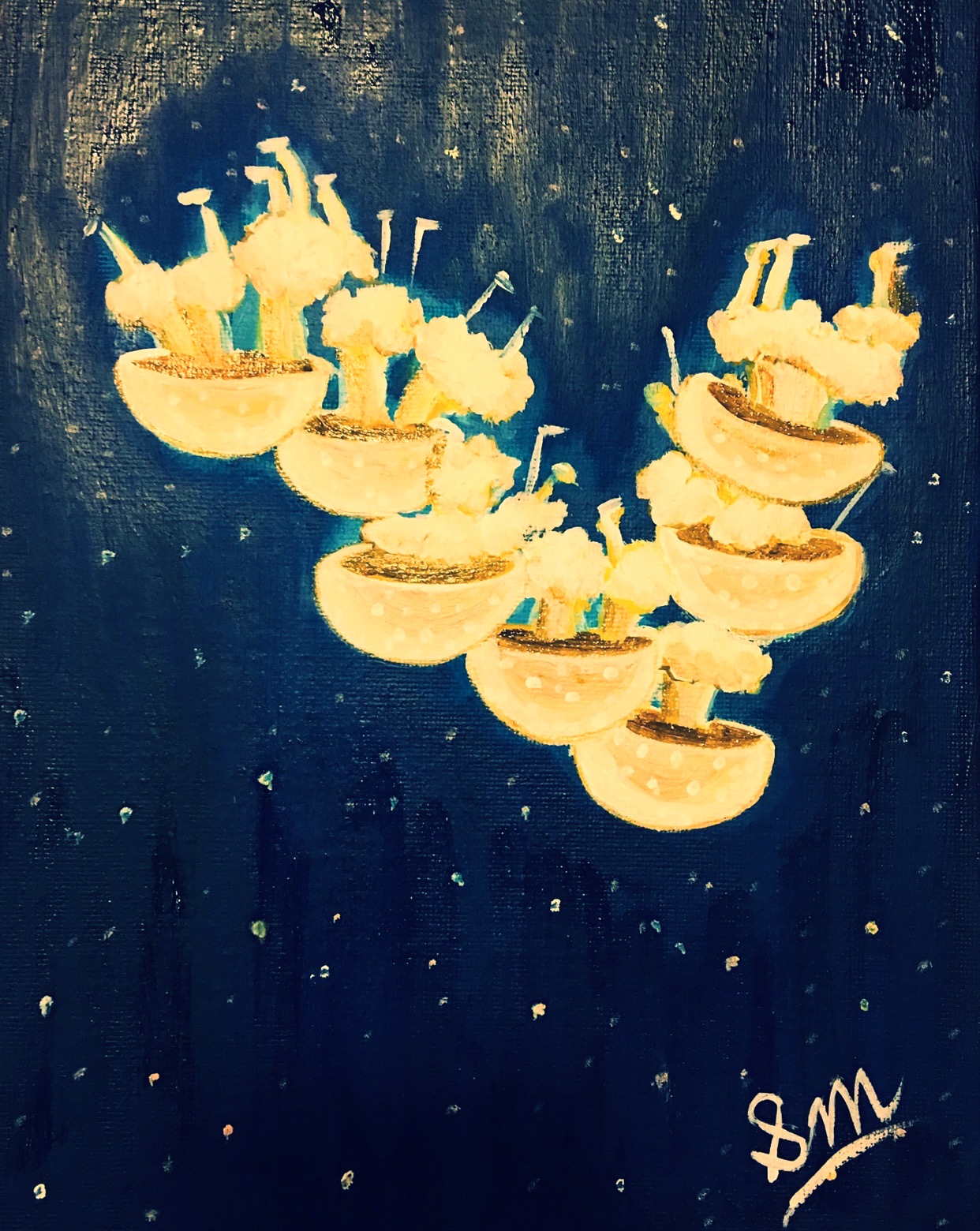Sruti Mallik
Data Scientist at C3.AI
WUSTL Ph.D. 2021| WUSTL M.S. 2018| JU B.E. 2015
Welcome to my webpage!
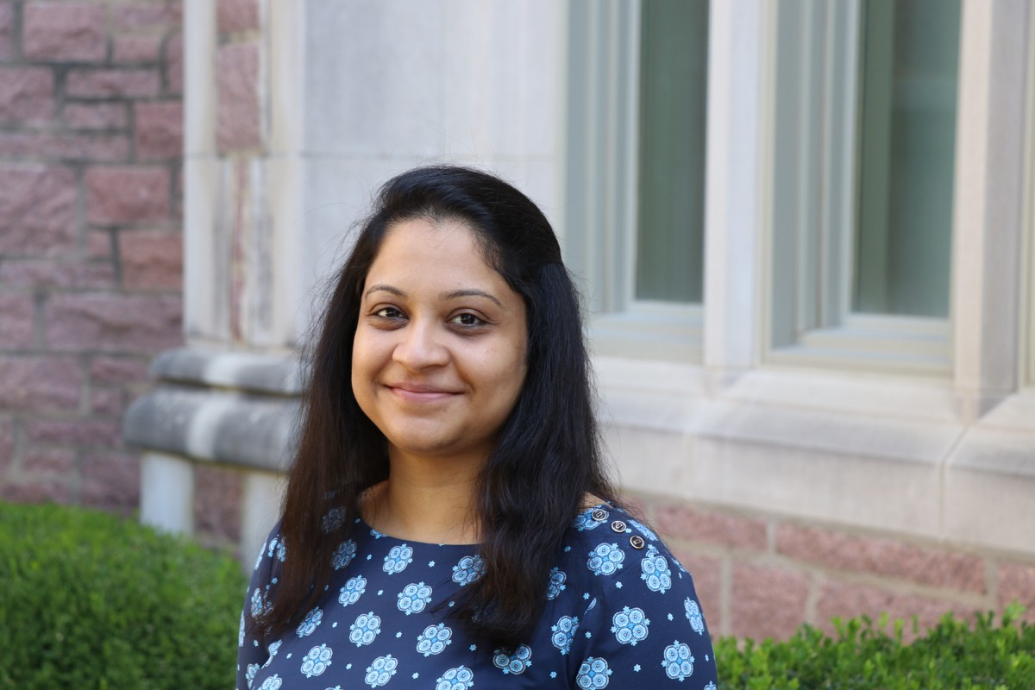
Bio
I am currently a Data Scientist at C3.AI. As a Data Scientist, I collaborate with industry experts (internal and external) to find and deploy scalable Machine Learning and Artificial Intelligence solutions for digital transformation of our customers. Prior to this I completed my Ph.D. from the Department of Electrical and Systems Engineering at Washington University in St. Louis, Missouri, USA. My research focused on deriving the dynamical system representation of sensory systems, thereby engaging neuroscience and engineering in a closed loop. I completed my undergraduate from Jadavpur University, India majoring in Electrical Engineering.

